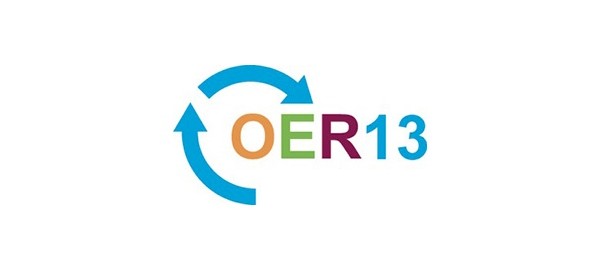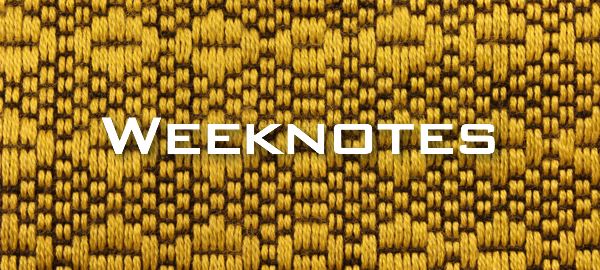
I’m presenting at the OER13 conference today. My slides should appear above and you can also access them by clicking through here. I’ll update this post when the recording becomes available.
I’d like to thank Paul Martin for his feedback on an earlier version of the slides. 🙂

This week I’ve been:
- Tidying up my article on ambiguity. I find myself referencing a 2011 article I wrote with my Ed.D. thesis supervisor Steve Higgins fairly regularly. It’s now available at http://dougbelshaw.com/ambiguity. Comments welcome!
- Talking to companies about Open Badges. This week included a large media organisation, the people behind one of my favourite video games of all times, MOOC providers, and people who make stuff for railways. Badges for everything!
- Confused about meeting times. It’s that time of the year when the US enters Daylight Savings. Everything will be up in the air again when we do likewise in the UK at the end of March!
- Updating the Web Literacy standard blog. If you haven’t already subscribed, it’s here: http://weblitstd.tumblr.com.
- Submitting titles and abstracts. The organisers of both OER13 and the PELeCON conferences both wanted more details on my upcoming keynotes. One of them will have a Wild West theme and the other one will feature more animated GIFs than you can stick a shake at. 😉
- Travelling to Chicago. It was a fairly uneventful trip – oh, apart from the four and a half hours I spent in the immigration queue. Tired Doug is/was tired.
- Attending DML2013. I’ve been in Chicago since Wednesday night for the Digital Media and Learning Conference (where we launched v1.0 of Open Badges). It’s as much a chance to catch up with my colleagues as attend the (excellent) sessions. I’ve written about it on my conference blog.
Next week I’m back home on Monday and in London on Thursday (just for the day) to talk to the games studio alluded to above.
In a move that will no doubt shock known world, I’ve decided that first-ever journal article will be both a collaborative venture and cock a snook towards traditional subject disciplines. Provisionally entitled Seven types of ambiguity and digital literacy I’m co-authoring it with my Ed.D. thesis supervisor Steve Higgins. Allegations that I’m doing so to prove originality in my research ahead of my viva voce by producing an article from an intended thesis chapter are, of course, completely unfounded.

I’m not going to give an overview of the entire article (for obvious reasons) although it will be published in an open-access journal. Suffice to say that we’re introducing the idea that terms such as digital literacy and digital natives/immigrants exhibit a ‘trajectory of ambiguity’ through which they pass on the way to becoming what Richard Rorty calls ‘dead metaphors’.
To prevent you having to go back and do Philosophy and Linguistics 101 I’ll remind you that the denotative aspect of a term is its surface or primary meaning. The connotative aspect of a term is its secondary, or implied, meaning. In the article, which features the overlapping diagram above (I’m not allowed to call it ‘Venn’, apparently) we’re arguing that there are three distinct phases through which terms pass. Whilst they never completely shed their connotative aspect the edge to the right of ‘Productive ambiguity’ is where the dictionary definition of terms reside. Generative ambiguity tends to be ‘blue skies thinking’, Creative ambiguity discussing and debating the definition of a term, and Productive ambiguity putting it into practice in various contexts.
You’ll be delighted to learn that we’ve done a sterling job in making the article itself ambiguous, situating it in the phase of Creative ambiguity. “Be the change you want to see,” “walk the walk,” etc.



